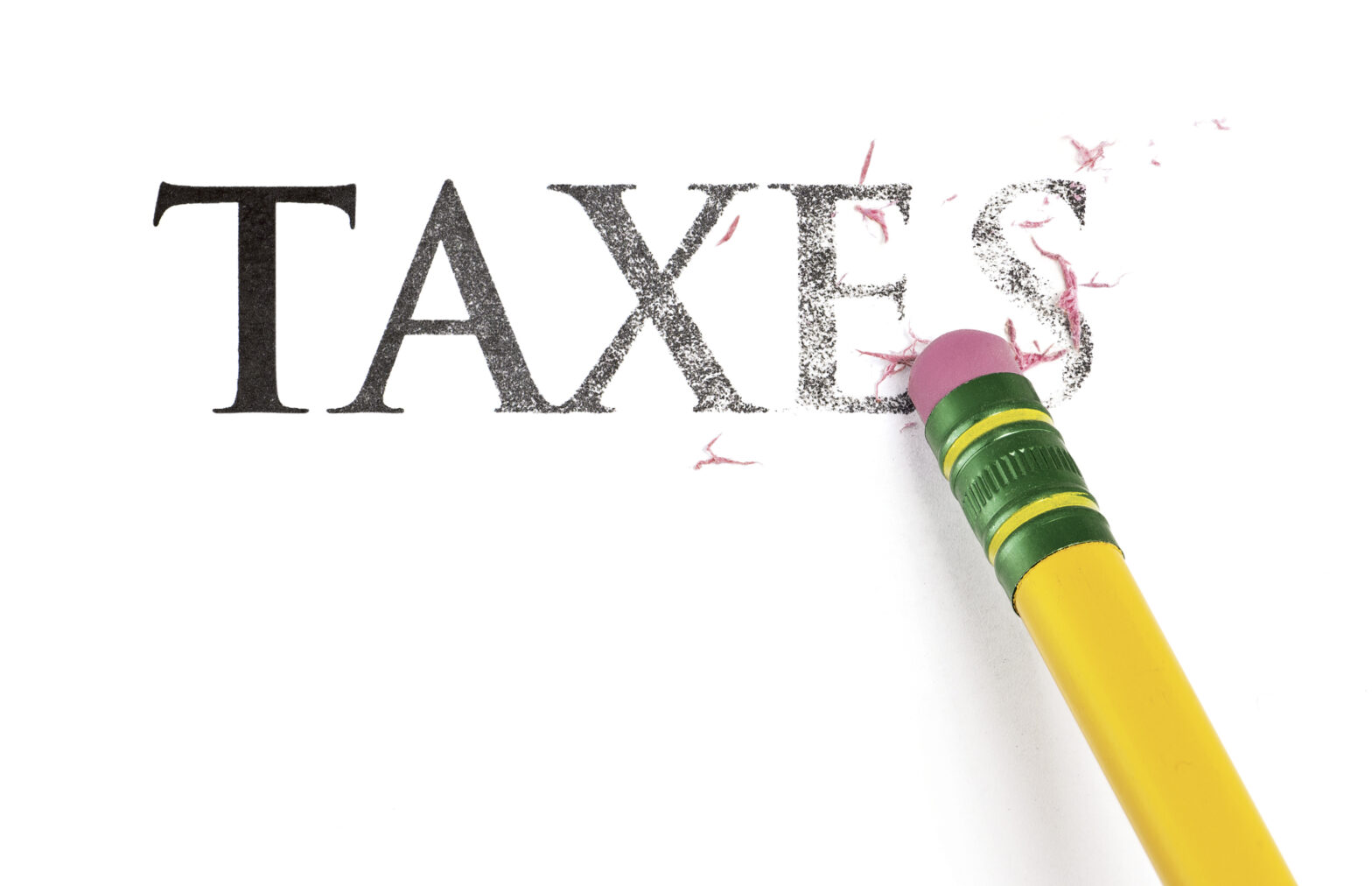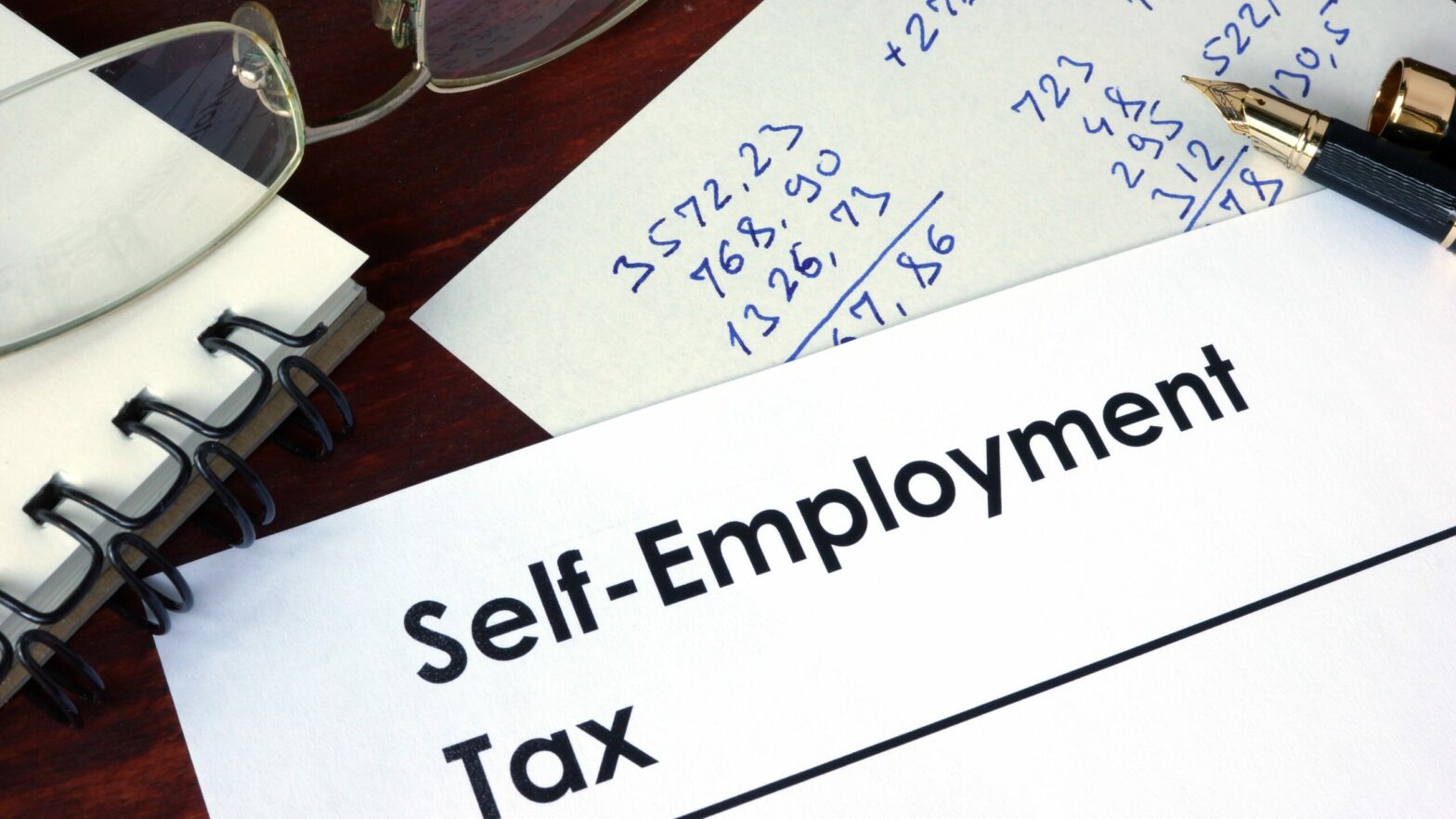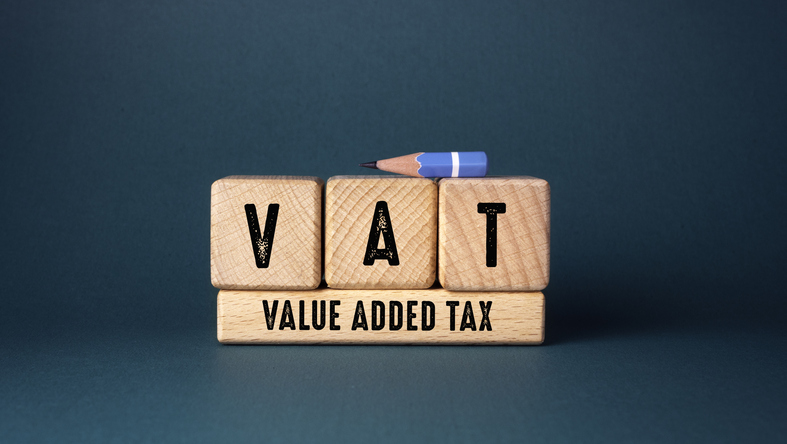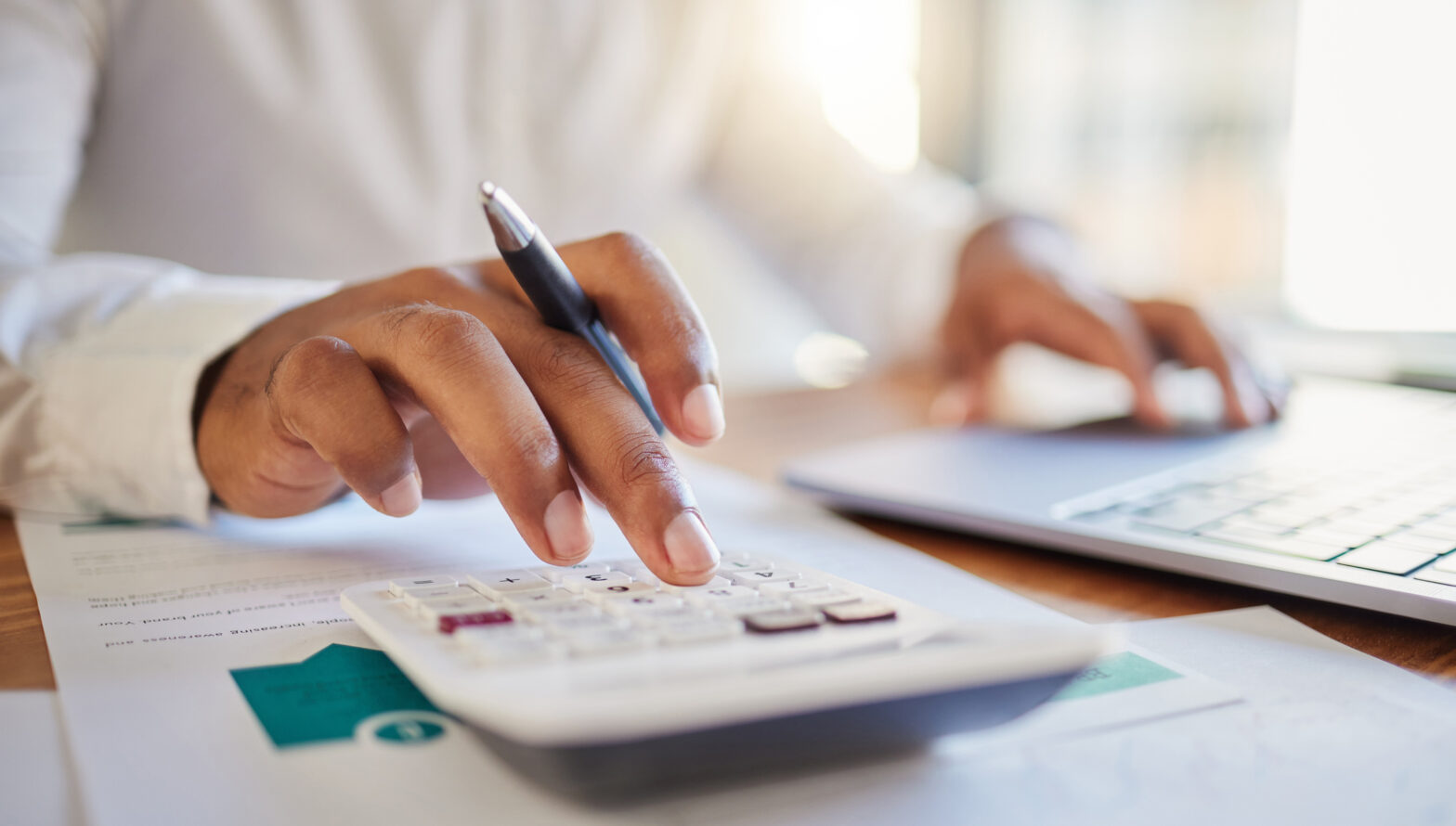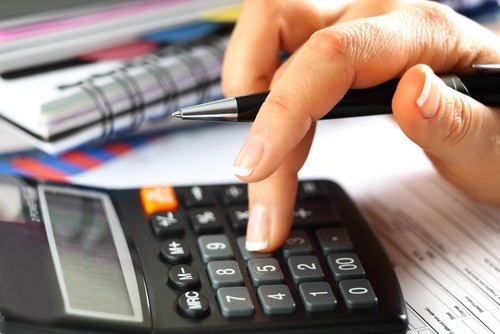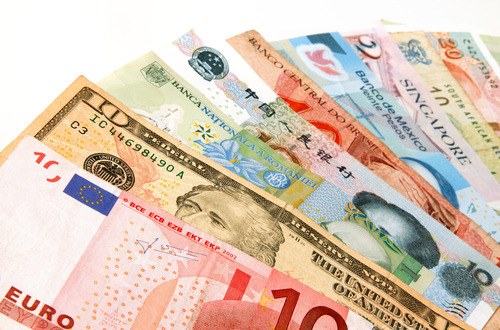A recent report suggests that almost one in three of the top 1% of UK income taxpayers are business owners, even though they account for only one in five of the workforce overall. Partnership profit shares and dividends suffer national insurance contributions at lower rates than salaries, although partners pay income tax on more than they earn. The report suggests an increase in partnership tax – that partners in firms should pay more NIC: we think that would be a mistake and ignores other issues.
The title of the recent report by the Institute for Fiscal Studies, ‘The characteristics and incomes of the top 1%’, has ensured high levels of public interest. That’s hardly surprising. After all, people are genuinely interested in what share of the nation’s taxable income is received by the top 1% of adults (the answer is 12%) and the share of income tax that they pay (the answer is 27%).
The IFS analyses the income of the top 1% of income taxpayers in 2014-15 as follows:
| Employment | 59.2% |
| Partnership | 17.7% |
| Dividends | 11.3% |
| Self employment | 3.6% |
| Pensions | 5.8% |
| Other* | 2.5% |
*other income includes income from property, interest, share schemes and foreign income.
The analysis highlights that a substantial fraction of the top 1% earn their income in the form of partnership income and dividends, which accrue to the owners of unincorporated and incorporated businesses respectively. Both forms of income suffer less NIC than salary. The IFS say that this is the result of a policy choice to tax business owners at lower rates than employees but that is not the whole story. Using anonymised HMRC data, the IFS estimates that almost one in three people in the top 1% are business owners and conclude that ‘this policy choice provides substantial tax breaks to some of the highest-income people in society’.
The IFS has drawn similar conclusions in earlier reports. We are concerned that they are missing two key differences between partners and the self-employed on the one hand and employees on the other.
First, employees are taxed on the salary paid to them whereas partners and the self-employed pay tax on tax-adjusted income. In a large professional practice, on average partners pay income tax on a figure some 5-7% higher than their earnings. Partners may also not receive their earnings in full: they are often required to reinvest significant amounts of profit in their firms, but they must still pay the tax!
Second, the difference between the amounts of personal NIC paid by employees and by partners is relatively small. The real difference is represented by the huge amounts of NIC paid by employers on employee remuneration – up to 13.8%. Over the years there have been many and frequent calls to abolish this ‘jobs tax’.
Despite its weaknesses, the significance and timing of this report should not be underestimated. As the new UK Prime Minister announces a series of policy measures which will have to be funded by increased taxation or by borrowing, his Chancellor of the Exchequer will be keeping a watchful eye open for ways of increasing UK tax and national insurance contributions. Sooner or later he is certain to consider whether individuals who are self-employed, partners in partnerships or members of limited liability partnerships should see their current NIC regime replaced by something more akin to the higher level of NIC paid jointly by employees and employers. We think that would be unjustifiable.
George Bull is senior tax partner at accountants RSM.
Further reading: How can my small business make the most of tax reliefs available?
